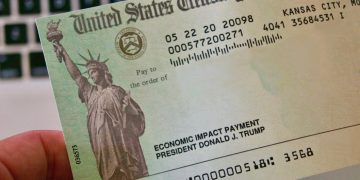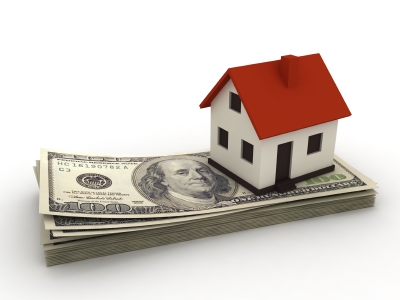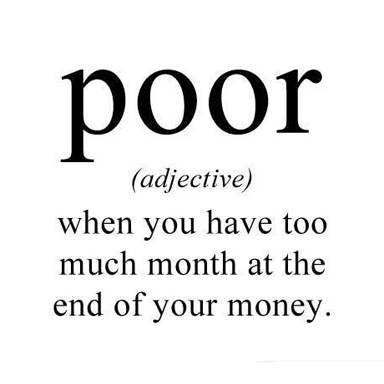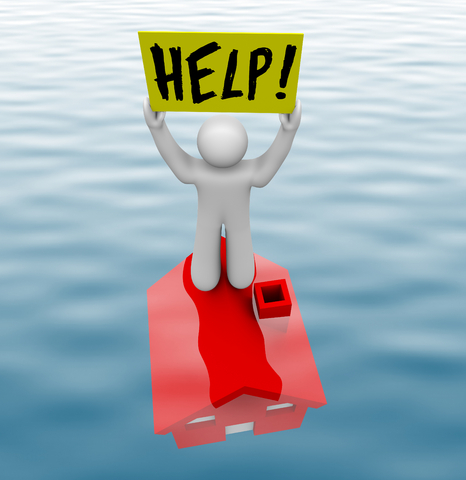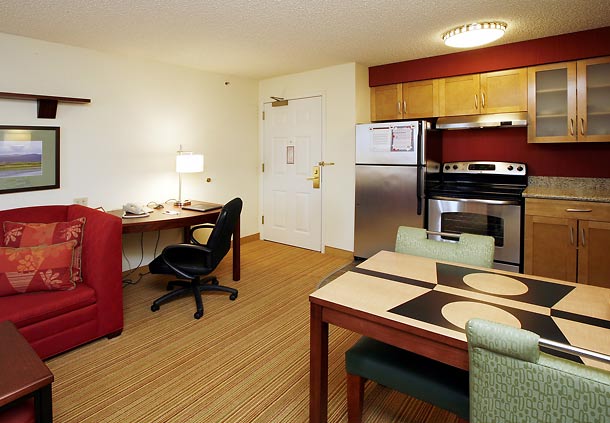This will not come as a surprise to you, but the number of homeowners now underwater or upside down with their mortgages has reached almost a full quarter of all homes with a mortgage, a total of 11.1 million households. With 23.1% of all homeowners owing more on a mortgage than their homes are worth, I wonder how many people will begin to think that walking away from their homes is a better idea than staying put.
It won’t surprise you that areas with high foreclosure rates also have the highest rate of underwater homeowners. Nevada is the worse in the country with more than 60% of all homeowners falling in this category. Not far behind were Arizona, Florida, Michigan and California which had up to 50% of all mortgage holders underwater. The horror of this is that more is yet to come since some 2.4 million homes are nearing the point where they will also be underwater. In a robust, okay, bubble market, only 5% of homes are usually underwater.
How did this all happen? Beyond homeowners using their homes and equity as piggy banks, the collapse of the real estate market was the biggest culprit behind this phenomena. High levels of unemployment which led to high numbers foreclosures led to the subsequent fall in property values. Homes then lost value at a rate that outpaced the amount that homeowners were 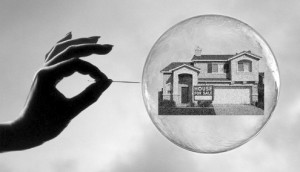 repaying their loans, especially if they had 30 year mortgages. This all combined to result in homeowners owing more than the home is currently worth.
repaying their loans, especially if they had 30 year mortgages. This all combined to result in homeowners owing more than the home is currently worth.
So what can a homeowner do? Well, if you are the owner of a home that is now underwater, you can not refinance. Banks can’t lend you more than the value of the home. If a homeowner attempts to sell the home, the chance is very high that they will lose money in the transaction since a perspective buyer will not pay more than the current value of the home . Homeowners can try to get their banks to agree to a short-sale, but many banks won’t agree, and even if they do, homeowners may have to pay income tax on the value of the forgiven portion of the loan.
Home prices hit their lowest point in December of 2010 and has begun to stabilize, however, prices are expected to continue to fall is some areas due to still high unemployment, and impending foreclosures. What’s a homeowner to do? If you’re comfortable in your home, sit and wait it out. It won’t matter how much your home is worth if you plan on staying there for a very long time. Also consider adding as many micro payments as possible to your mortgage to accelerate your payment schedule, thereby saving you thousands in interest. If you have a spare bedroom consider taking on a paying roommate to contribute to the mortgage. Once your mortgage and home value hit a break-even point, call your bank and try to qualify for a refinance.
Use the mortgage payment widget to the right to see how much faster you can get out from your mortgage debt. And if you don’t already have a mortgage, remember my theory that 30 year mortgages are for suckers.

